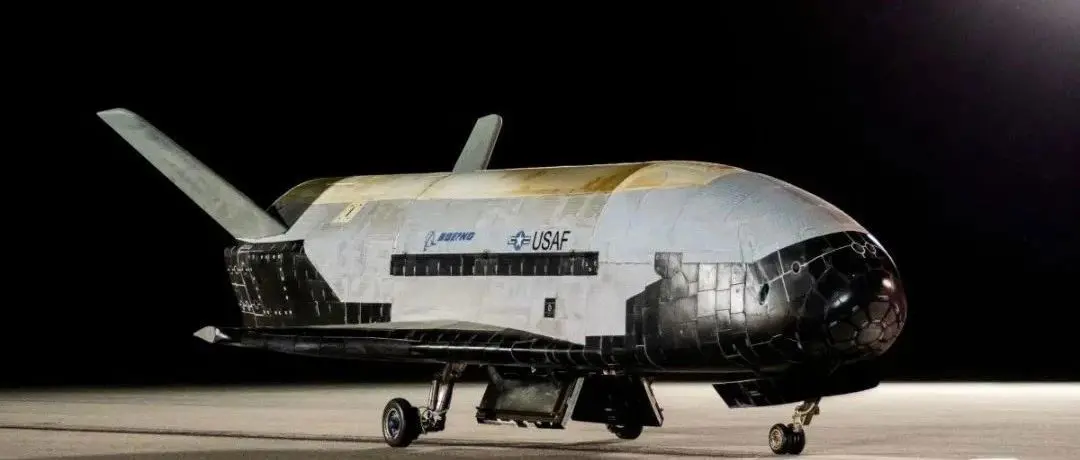U.S. Military Mysterious Aircraft Status, "Rare Public Disclosure"!
The U.S. military's highly classified X-37B space plane just became a little less mysterious, according to a report on the Live Science website.
Boeing and the U.S. Space Force have publicly disclosed the operational details of this spaceplane, stating last month that it will soon begin a series of "atmospheric braking" maneuvers to lower its orbit and safely dispose of unnecessary hardware before returning to Earth for landing.
Boeing recently released a video detailing how the aerobraking procedure works and the reasons for its execution. In the video, a Boeing representative stated that this operation will help Boeing change the altitude and "safely jettison the service module components in accordance with recognized standards for reducing space debris."
Typically, when a spacecraft changes its orbit, it uses on-board thrusters to perform one or more burns. However, this procedure requires propellant, meaning each spacecraft can only perform a limited number of burns before needing to be refueled or removed from orbit. In contrast, aerobraking utilizes the frictional drag of Earth's atmosphere to help guide the spacecraft into a new orbit.

(Reuters photo)
A Boeing engineer said in a video, "During aerobraking, we use atmospheric drag to effectively lower the spacecraft's apogee step by step until the spacecraft reaches the orbit we want it to enter. This method saves a significant amount of propellant, which is why we perform aerobraking."
The video depicting Boeing's aerobraking procedure shows an aircraft-like shape altering its attitude, with its flat "belly" facing forward and the nose angled upward away from the Earth.
In the video, the wider and flatter bottom of the spaceplane glows orange as it encounters friction from Earth's atmospheric resistance.
The leadership of the U.S. Space Force commended the innovative operation of the team. In a statement, U.S. Space Force Chief of Operations, Chance Saltzman, said: "This is the first time such an operation has been conducted, marking a significant milestone for the U.S. Space Force as we seek to expand our qualifications and capabilities in this challenging field."
The payload was previously launched into space aboard SpaceX's Falcon Heavy rocket.
Like all other missions, little is known about this one, except that it tested the effects of space radiation and the effectiveness of "space domain awareness" technology. The "space domain awareness" technology could potentially help the U.S. Space Force track the situation in space orbits and the activities of other spacecraft in Earth's orbit.


